Quantum bits are potentially powerful but notoriously error-prone. Now a Harvard team says it has found a way to prevent mistakes — by manipulating individual atoms with laser beams — making quantum processing much more efficient.
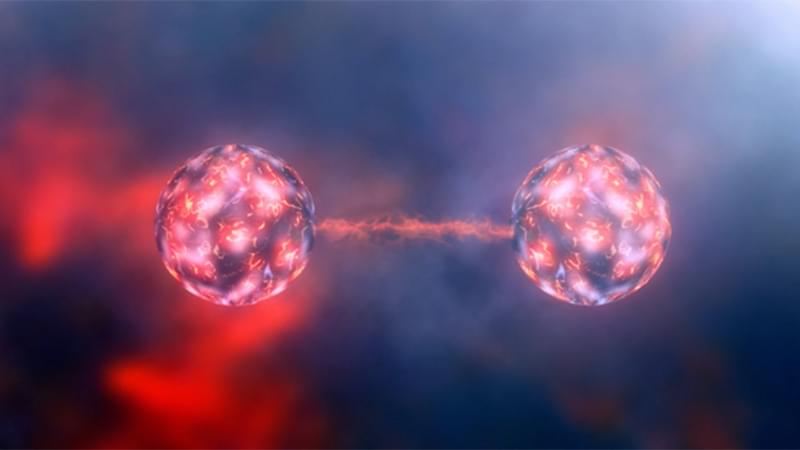

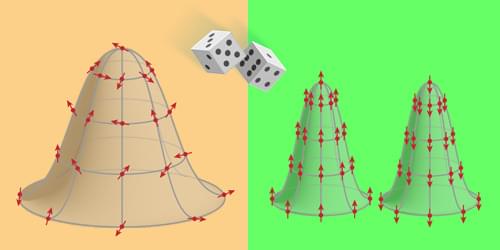
A proposed model unites quantum theory with classical gravity by assuming that states evolve in a probabilistic way, like a game of chance.
Physicists’ best theory of matter is quantum mechanics, which describes the discrete (quantized) behavior of microscopic particles via wave equations. Their best theory of gravity is general relativity, which describes the continuous (classical) motion of massive bodies via space-time curvature. These two highly successful theories appear fundamentally at odds over the nature of space-time: quantum wave equations are defined on a fixed space-time, but general relativity says that space-time is dynamic—curving in response to the distribution of matter. Most attempts to solve this tension have focused on quantizing gravity, with the two leading proposals being string theory and loop quantum gravity. But new theoretical work by Jonathan Oppenheim at University College London proposes an alternative: leave gravity as a classical theory and couple it to quantum theory through a probabilistic mechanism [1].
Computing giant IBM has launched three new innovations in quantum tech – the first utility-scale quantum computer, the first 1,000+ qubit chip and the most efficient quantum processor in terms of error correction.
IBM gave a sneak preview of its Quantum System Two during a conference last year. Following 12 months of additional research and development, it has now officially launched the system, which is described as “the first modular, utility-scale quantum computer.”
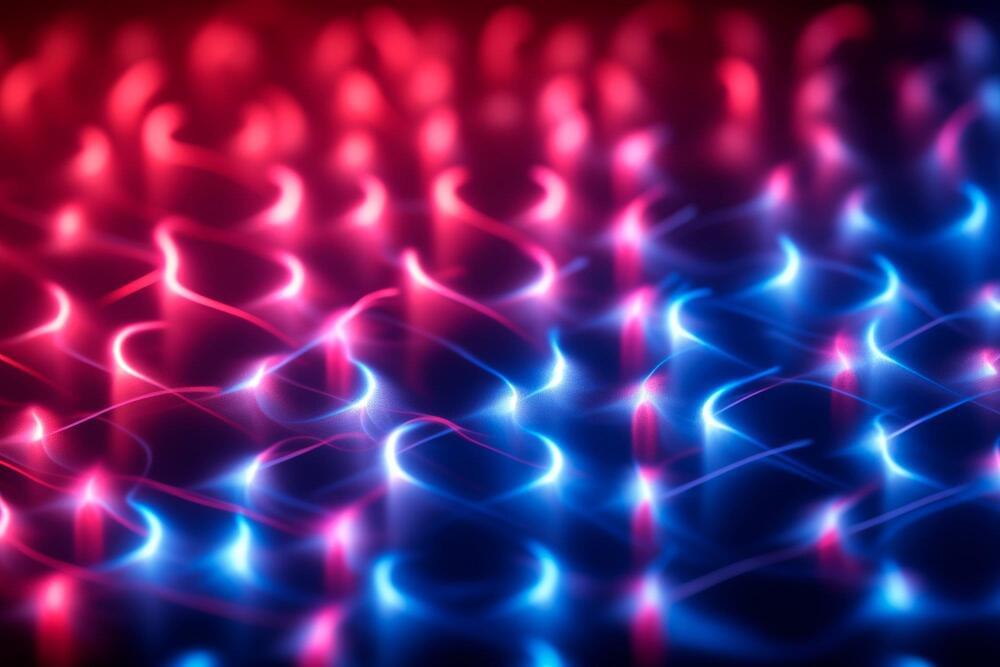
This surprising result is important for understanding unconventional superconductors and other materials where electrons band together to act collectively.
Long before researchers discovered the electron and its role in generating electrical current, they knew about electricity and were exploring its potential. One thing they learned early on was that metals were great conductors of both electricity and heat.
Discovery of the Wiedemann-Franz Law.
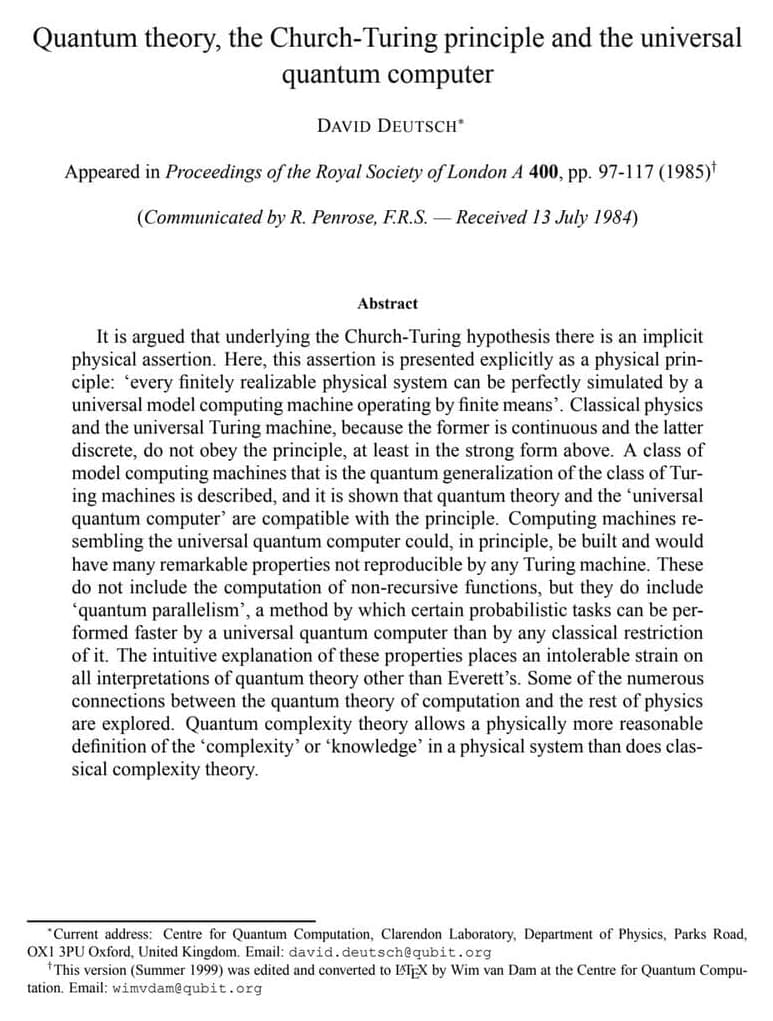
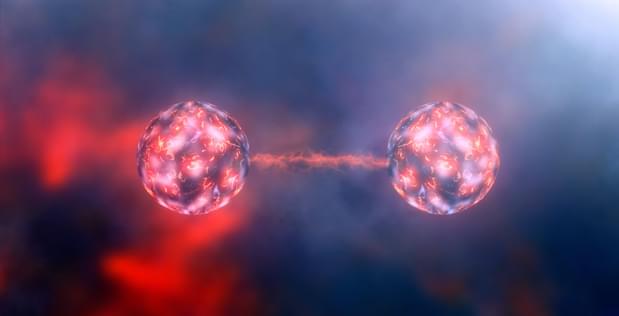
Some new concepts for me but interesting and a good step forward.
A team of researchers working on DARPA’s Optimization with Noisy Intermediate-Scale Quantum devices (ONISQ) program has created the first-ever quantum circuit with logical quantum bits (qubits), a key discovery that could accelerate fault-tolerant quantum computing and revolutionize concepts for designing quantum computer processors.
The ONISQ program began in 2020 seeking to demonstrate a quantitative advantage of quantum information processing by leapfrogging the performance of classical-only supercomputers to solve a particularly challenging class of problem known as combinatorial optimization. The program pursued a hybrid concept to combine intermediate-sized “noisy”— or error-prone — quantum processors with classical systems focused specifically on solving optimization problems of interest to defense and commercial industry. Teams were selected to explore various types of physical, non-logical qubits including superconducting qubits, ion qubits, and Rydberg atomic qubits.
The Harvard research team, supported by MIT, QuEra Computing, Caltech, and Princeton, focused on exploring the potential of Rydberg qubits, and in the course of their research made a major breakthrough: The team developed techniques to create error-correcting logical qubits using arrays of “noisy” physical Rydberg qubits. Logical qubits are a critical missing piece in the puzzle to realize fault-tolerant quantum computing. In contrast to error-prone physical qubits, logical qubits are error-corrected to maintain their quantum state, making them useful for solving a diverse set of complex problems.
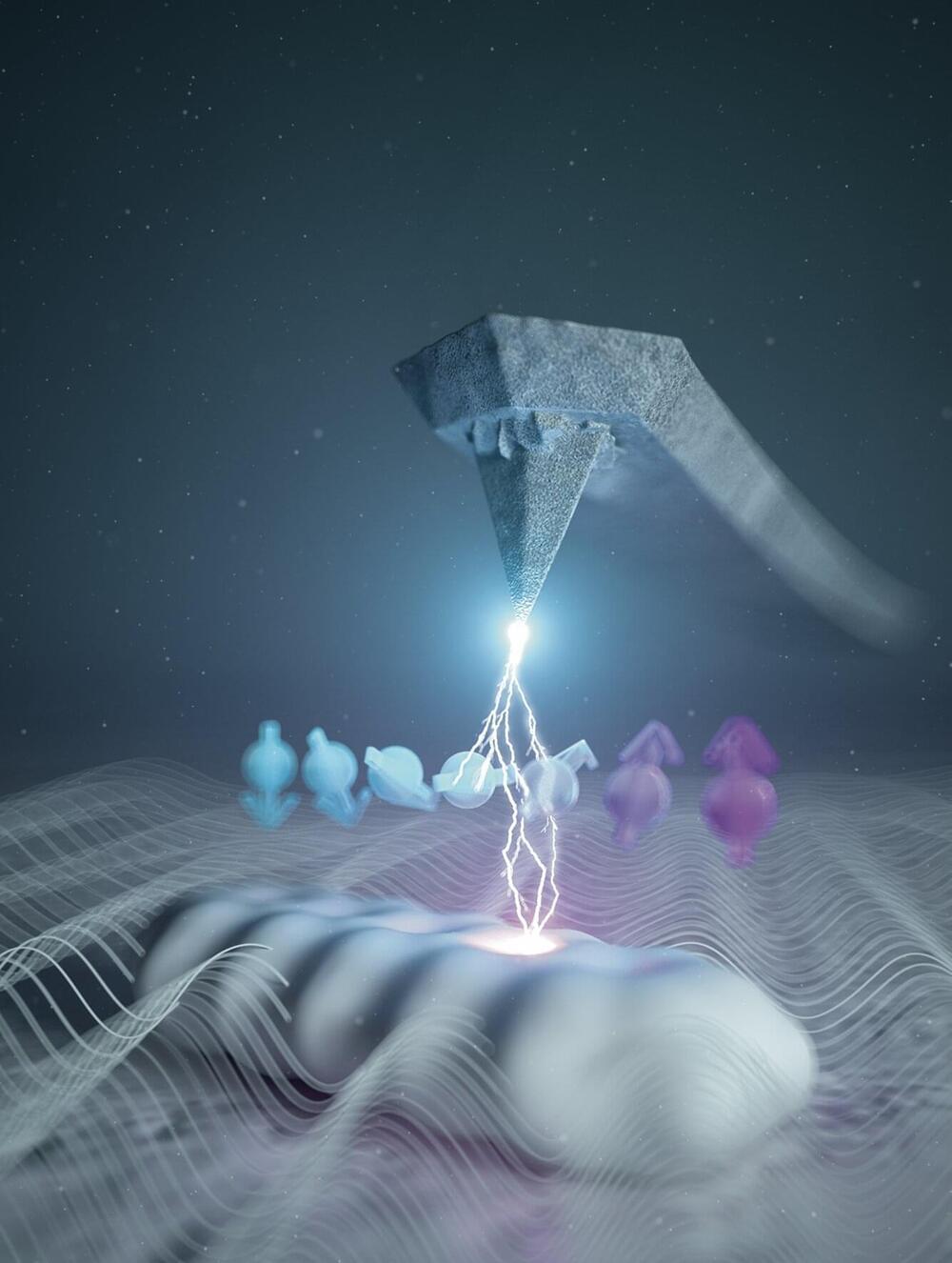
Physicists at the University of Regensburg have found a way to manipulate the quantum state of individual electrons using a microscope with atomic resolution. The results of the study have now been published in the journal Nature.
We, and everything around us, consist of molecules. The molecules are so tiny that even a speck of dust contains countless numbers of them. It is now routinely possible to precisely image such molecules with an atomic force microscope, which works quite differently from an optical microscope: it is based on sensing tiny forces between a tip and the molecule under study.
Using this type of microscope, one can even image the internal structure of a molecule. Although one can watch the molecule this way, this does not imply knowing all its different properties. For instance, it is already very hard to determine which kind of atoms the molecule consists of.
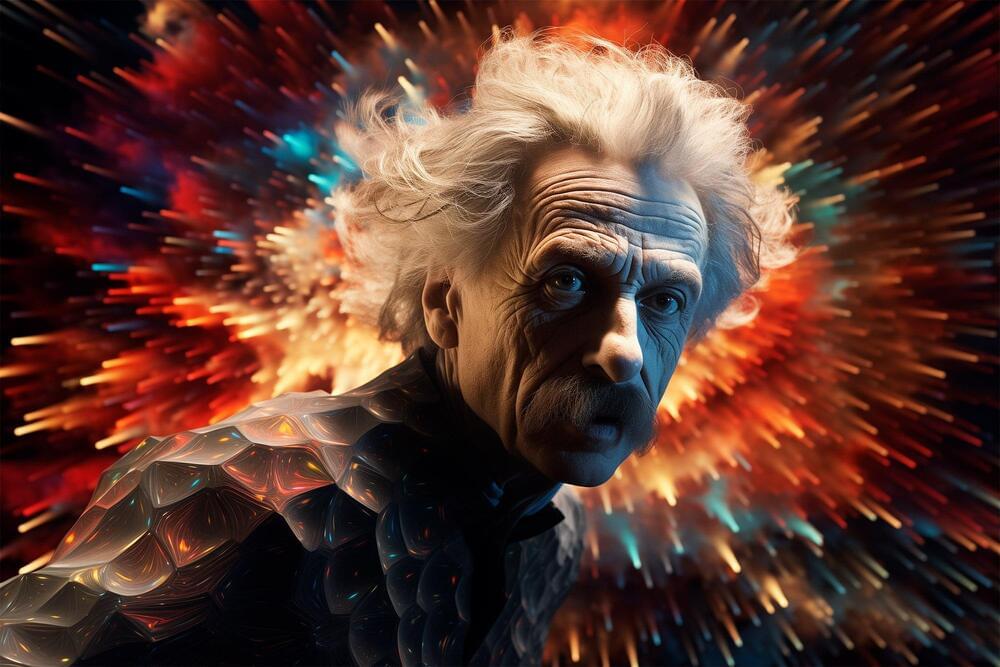
A radical theory that consistently unifies gravity and quantum mechanics while preserving Einstein’s classical concept of spacetime is announced today in two papers published simultaneously by UCL (University College London) physicists.
Modern physics is founded upon two pillars: quantum theory on the one hand, which governs the smallest particles in the universe, and Einstein’s theory of general relativity on the other, which explains gravity through the bending of spacetime. But these two theories are in contradiction with each other and a reconciliation has remained elusive for over a century.
Challenging the status quo: a new theoretical approach.
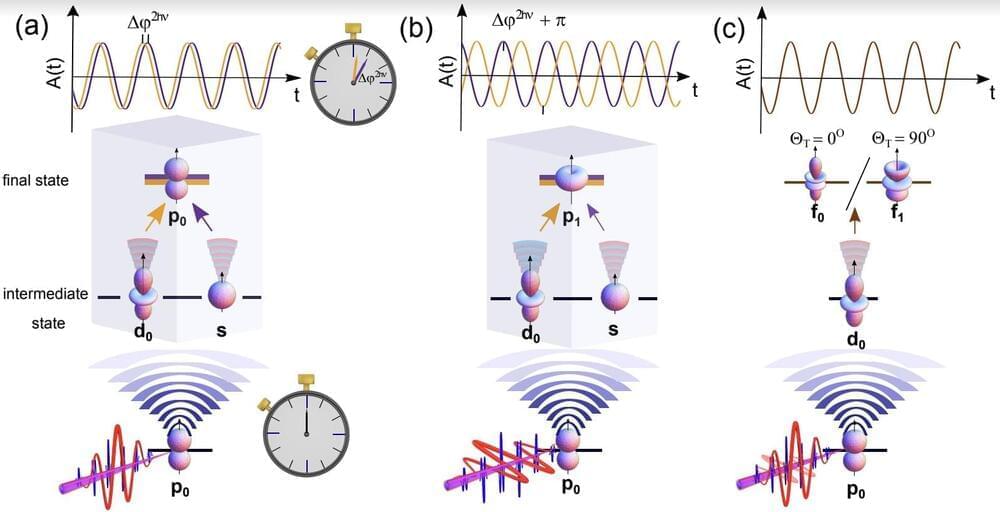
The field of attosecond physics was established with the mission of exploring light–matter interactions at unprecedented time resolutions. Recent advancements in this field have allowed physicists to shed new light on the quantum dynamics of charge carriers in atoms and molecules.
A technique that has proved particularly valuable for conducting research in this field is RABBITT (i.e., the Reconstruction of Attosecond Beating By Interference of Two-photon Transitions). This promising tool was initially used to characterize ultrashort laser pulses, as part of a research effort that won this year’s Nobel Prize, yet it has since also been employed to measure other ultrafast physical phenomena.
Researchers at East China Normal University and Queen’s University Belfast recently built on the RABBITT technique to distinctly measure individual contributions in photoionization. Their paper, published in Physical Review Letters, introduces a new highly promising method for conducting attosecond physics research.
With a processor that has fewer qubits, IBM has improved error correction, paving the way for the use of these processors in real life.
IBM has unveiled its much-awaited 1,000+ qubit quantum processor Condor, alongside a utility-scale processor dubbed IBM Quantum Heron at its Quantum Summit in New York. The latter is the first in the series of utility-scale quantum processors that IBM took four years to build, the company said in a press release.
Quantum computers, considered the next frontier of computing, have locked companies big and small in a race to build the platform that everybody would want to use to solve complex problems in medicine, physics, mathematics, and many more.
Even the fastest supercomputers of today are years behind the potential of quantum computers, whose capabilities keep improving with the addition of quantum bits or qubits in the processor. So, a 1,000+ qubit processor is a big deal, and even though a startup may have beaten IBM to this milestone, the latter’s announcement is still significant for what else IBM brings to the table.